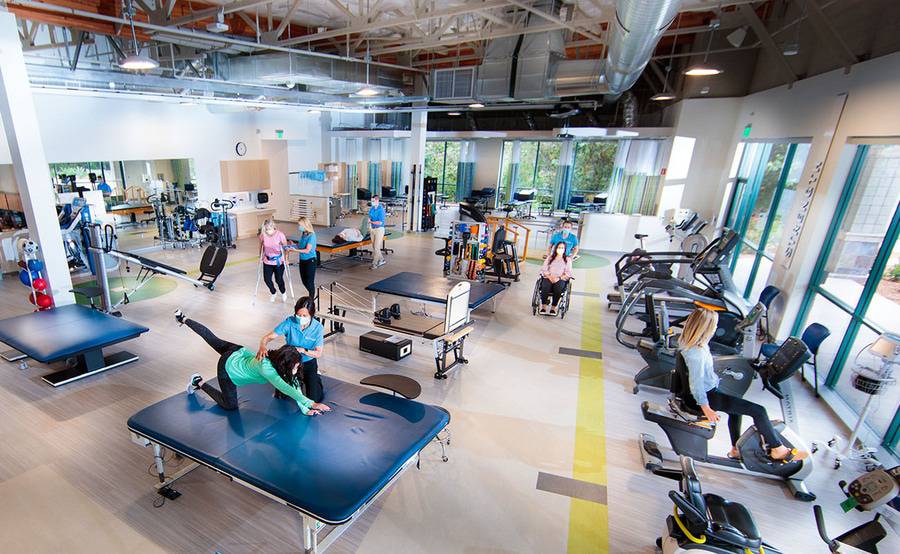Understanding Common Sports Ailments and Efficient Rehabilitation Strategies aimed at Athletes
Understanding Common Sports Ailments and Efficient Rehabilitation Strategies aimed at Athletes
Blog Article
Sports traumas are frequent among sportspeople of every age groups and skill levels. These injuries can happen in multiple types, including ligament injuries, muscle injuries, fractures, and tendonitis. Comprehending the kinds of injuries that can occur during athletic events is crucial for not only prevention and treatment. Ligament injuries, for instance, involve the overextending or rupturing of ligaments, which link skeletal structures at a joint. Muscle injuries, on the contrary hand, impact muscles or tendon structures, which connect muscle tissues to skeletal structures. Identifying these injuries early can help sportspeople seek suitable care and come back to their activity more quickly.
One of the most commonly observed traumas in athletics is the foot ligament injury. This injury often occurs when an athlete touches down ungracefully or rotates their ankle during a match. Symptoms of an ankle ligament injury include discomfort, swelling, and difficulty moving. Prompt care typically involves the R.I.C.E. approach, which stands for Rest, Cooling, Wrapping, and Elevation. This approach helps minimize inflammation and pain. In severe severe cases, rehabilitative therapy may be necessary to regain strength and mobility to the ankle before returning to athletics.
Another common trauma is a muscle strain, which can occur in all sport that demands sudden actions or heavy weight-bearing. Sportspeople may experience a muscle injury when they stretch a muscular tissue too far sports rehab for elbow injuries or when they apply too great force. Signs include sharp discomfort, inflammation, and muscle contractions. Rehabilitation for muscular strains often entails gentle stretching and conditioning workouts. Gradually raising activity levels is vital to prevent recurrence. Athletes should work tightly with a rehabilitative specialist to create a secure and effective rehabilitation plan.
Tendonitis is another injury that can affect athletes, particularly those who engage in repetitive motions, such as runners or aquatic athletes. This issue happens when a tendon structure, which connects muscle to bone, gets swollen. Frequent locations affected by tendonitis include the elbow, upper arm, and leg. Signs often include discomfort and rigidity, especially during movement. Treatment for tendon inflammation usually includes recovery, cooling, and anti-inflammatory medications. In certain cases, rehabilitative treatment may be suggested to enhance mobility and power in the affected area.
Preventing athletic traumas is just as crucial as addressing them. Athletes can reduce their chance of trauma by heating up correctly before events, using the appropriate equipment, and maintaining good physical shape. Strength conditioning and flexibility workouts can help prepare the body for the demands of sports. Additionally, athletes should pay attention to their physical condition and take rest when needed. By understanding frequent athletic injuries and implementing effective rehabilitation plans, sportspeople can remain fit and participate in their favorite sports for years to come.